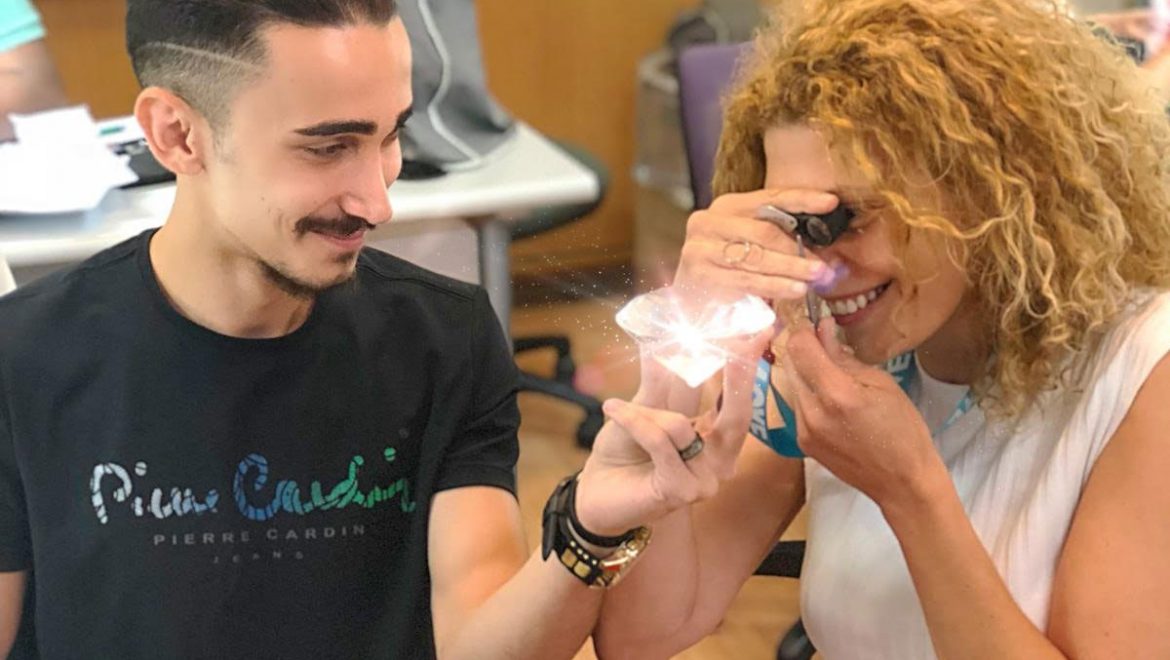Diamond proportions
Excellent proportions are very important to a diamond because they allow the greatest amount of light to be reflected from the crown. Four key characteristics of a diamond are created by proper proportions: brilliancy, fire, luster and scintillations.
The round brilliant cut appeared in the 17th century. Since then it has gone through a number of changes until it reached its current shape, which was established by Marcel Tolkowsky in 1919.
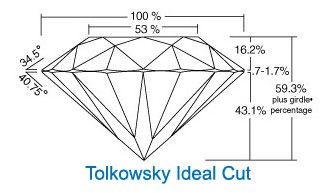
Excellent proportions are very important to a diamond because they allow the greatest amount of light to be reflected from the crown. Four key characteristics of a diamond are created by proper proportions:
- BRILLIANCY – the white light that comes from the surface and from the depth of the stone, gives the diamond its beauty.
- FIRE – the rainbow colors that are seen from the sides of the crown. The combination of the white brilliance and fire gives the diamond its amazing beauty.
- LUSTER – the amount and the quality of the white light that is reflected from the table. The quality of the luster is dependent on the quality of the polish of the table.
- SCINTILLATION – these are the sparkles of white and colored light that appear when the diamond is in motion.
The basic proportions of a diamond relate its weight to its average diameter, much as the basic proportions of people relate their weight to their height.
The average diameter is measured by a micrometer (gauge).
We relate to the average diameter because the diamond is not always perfectly round, so we can have several diameters.
An average diameter is the average between the minimum diameter and the maximum diameter of the stone.
For example: if we measure the diameters of 1.00ct stone and receive 3 different diameters of: 6.40, 6.42, 6.50, the average diameter will be 6.45mm.
If there is no adjustment between the diameters of the stone to its weight it indicates a problem in the proportions that will affect the brilliancy and the fire.
For example: the diameter of a 0.30ct stone should be: 4.5mm. But if the diameter is: 4.3mm it tells us that the stone has a high and narrow structure. If the diameter is: 4.7mm it tells us that the stone has a shallow and wide structure.
All proportion measurements relate to the average diameter of the stone.
Table Size
56%-60% – Preferred table size
You should calculate the ratio of EF to FG.
Also, if the length of the upper girdle facet equals the length of the star facet, you can look at the shape of the 8 lines of the table and the star facets. If they are mostly concave the table size is 59% and bellow, if they are mostly straight the table size is around 60%, if they are mostly convex the table size is 64% and above.
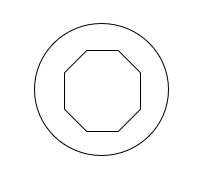
Also, if the length of the upper girdle facet equals the length of the star facet, you can look at the shape of the 8 lines of the table and the star facets. If they are mostly concave the table size is 59% and bellow, if they are mostly straight the table size is around 60%, if they are mostly convex the table size is 64% and above.
Pavilion Depth (Double Table)
The normal range of a pavilion depth in general is: 42% – 45%
The ideal pavilion depth is: 43% – 44.5%
The double table is the reflection of the real table in the pavilion; this is the first reflection visible around the culet.
The deeper the pavilion, the larger the area of the real table the double table will occupy. The shallower the pavilion, the smaller the area of the real table the double table will occupy.
You should calculate the ratio between the area of the double table and that of the real table.
- The double table is an indication only of the pavilion depth.
When the pavilion depth is too deep or too shallow there can be two different appearances in the diamond:
- Black (dark) Center – When the pavilion is too deep (49% or more), a lot of light escapes from the pavilion, causing the stone to look black from the crown. In this case, you cannot see the double table because it completely covers the real table.
- Fish-Eye – When the pavilion is too shallow (38% or less), a lot of light escapes from the pavilion, causing the stone to look dark from the crown. The girdle is reflected in the table and you cannot see the double table because it is so small that it has disappeared.
- A Fish – Eye can also be caused by a combination of a table, which is too large 67%+, and a crown, which is too shallow -30. In this case the stone will look dark, the girdle will be reflected in the table, but since there is no problem with the pavilion depth, the double table will be visible.
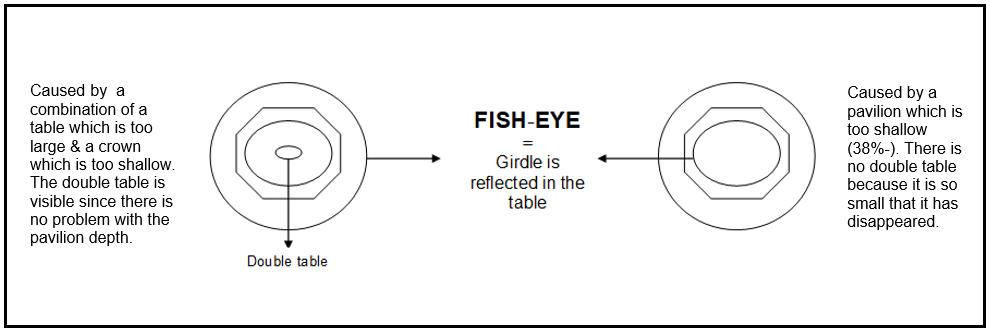
Girdle Thickness
The girdle appeared in the diamond in the beginning of the 20th century. Before that, the crown and the pavilion were joined together. The girdle protects the diamond and makes the setting in the jewelry easier.
All girdle measurements should be taken in the narrowest part of the girdle (in the center of the girdle facets)
There are 2 kinds of girdles:
- An equal girdle – A girdle in which all the narrow parts are of equal width.
- Unequal girdle – A girdle in which not all of the narrow parts are of equal width. In this case girdle thickness is measured by both the minimum point and the maximum point.
- If there is a natural, a chip, or an extra facet in the girdle area and a part of the girdle is left underneath it, it will be taken into consideration in the measurement if this is the minimum point.
Culet Size
You measure the culet size through the table.
If the culet is pointed it will be called in the gemological certificate: None. If the culet is chipped it will be called None as well but it will be marked as a chipped culet (clarity problem).
If the culet is not closed, but open, it will usually look black by the Loup and will be measured as: v.small, small, medium, sl. large, large, v.large, ex.large.
Crown Angle
You measure the crown angle using the upper main facet angle.
- 31 – 36 – normal
- 33-35 – optimal
There is a direct link between the table diameter, the crown angle and the crown height. Knowing 2 of these 3 components allows us to know the third one.
Total Depth
Total Depth = Depth *100
Average Diameter
59% – 62.9% – preferred
If the total depth is too high, it means that either the crown is too high, or the girdle is too thick or the pavilion is too deep or a combination of them. If the total depth is too shallow it means that either the crown is too shallow or the girdle is too thin or the pavilion is too shallow or a combination of them.
Rules for determining the cut grade
Since 2006, the GIA started to grade the cut of the diamond. This grade relates to the attractiveness of the diamond. The CUT grade includes the: Proportions, Symmetry and Polish grade. The main emphasis is on the proportions.
The cut grade is mainly computerized.
- Excellent
- Very good
- Good
- Fair
- Poor
- The order of grading the diamond in the GIA certificate:
- Shape and cutting style
- Carat weight
- Color
- Clarity
- Cut grade
- Polish
- Symmetry
- Fluorescence
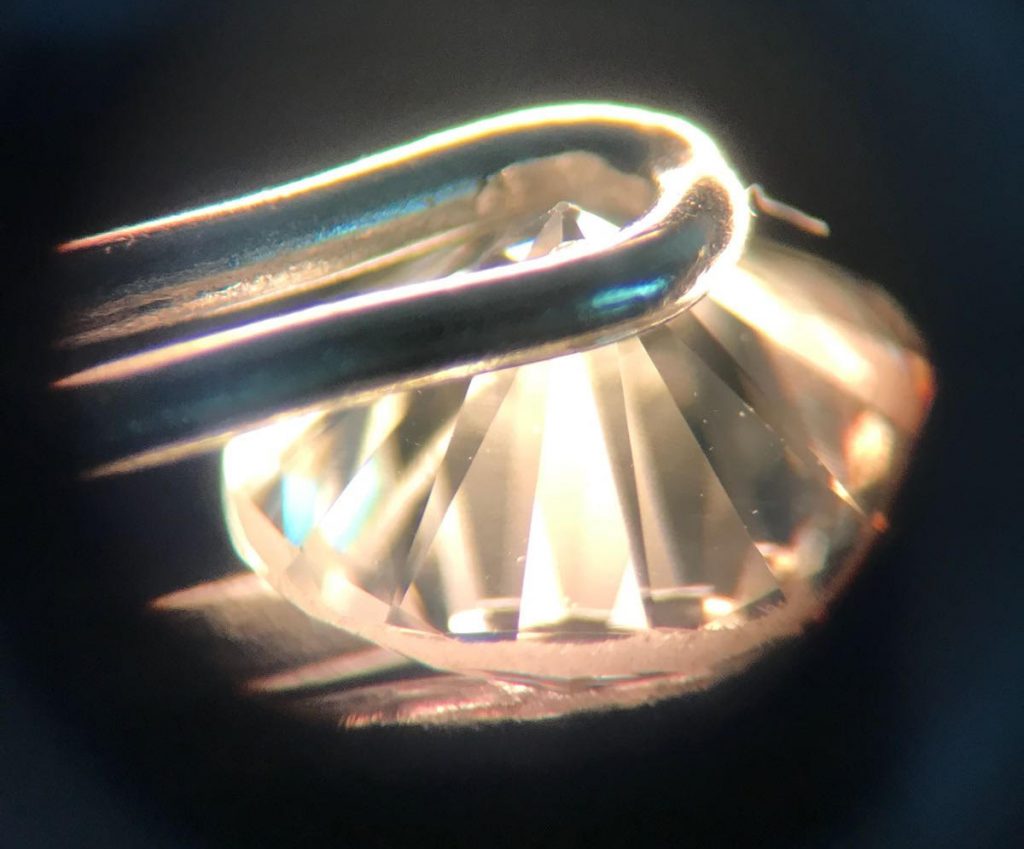
Would you like to learn more about diamonds? You can approach the Center of Gemological Studies and register to the most prestige, affluent and respected gemology course in the Israeli Diamond Center.
Hadas Dori Bar Moshe also lectures about diamonds in her lecture: The Secrets of the Diamonds.


